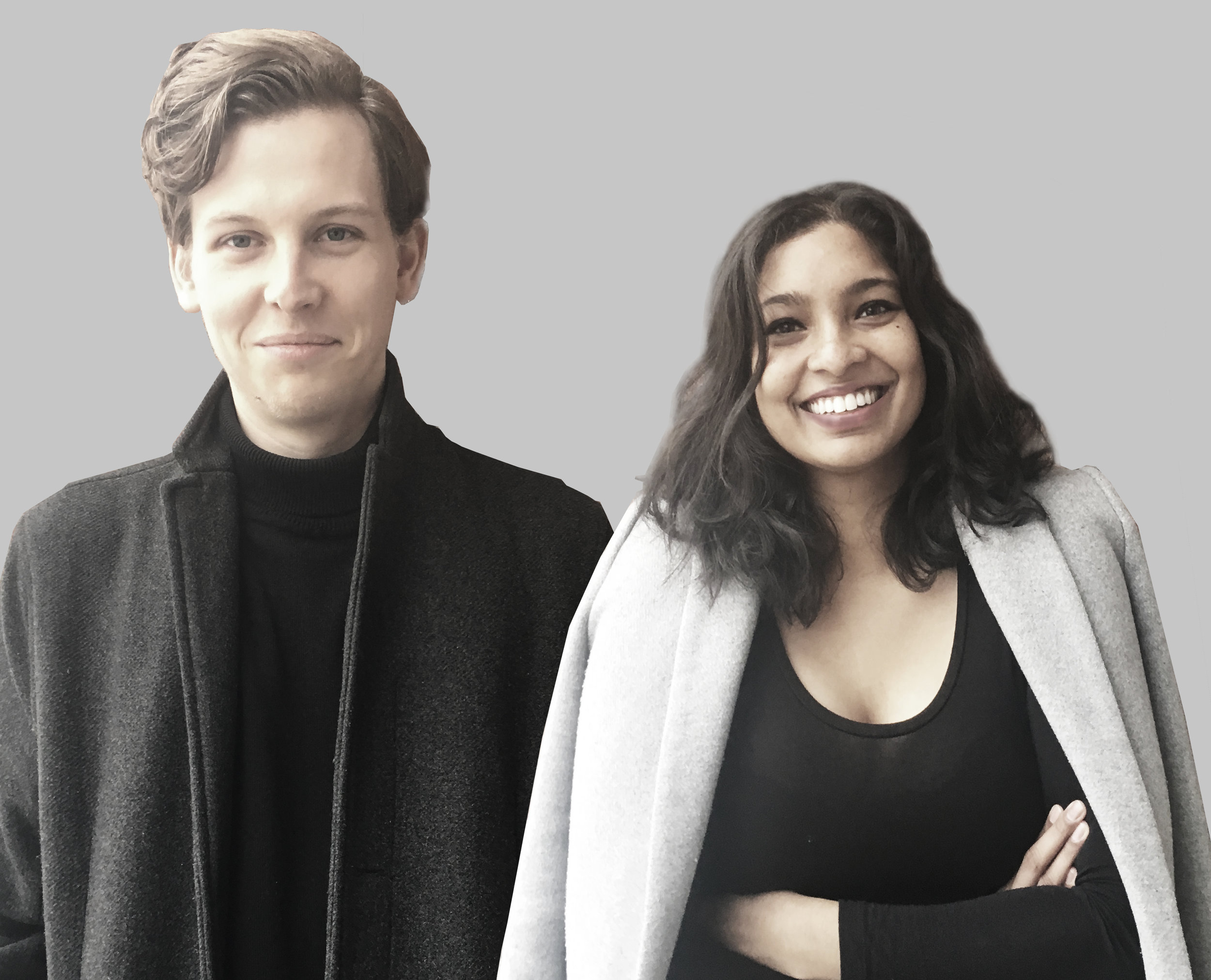A version of this article was originally posted by Arch Vizz, writing and interview conducted by Stefani Facini.
Image credits: Shali Moodley and Adam Kelly, Visual Citizens.
Follow Shali & Adam and how your support!

In a few words, describe yourself and your work.
Visual Citizens is an interdisciplinary design studio based in Rotterdam and Cape Town. Our studio has an appetite for surreal imagery and immersive visual experiences. I am an urban designer from South Africa my partner Adam is an architect from Scotland.
Would you define your work as architecture, visual arts, design or something in between? What is the idea behind Visual Citizens?
I would say it is somewhere in between. We started off by simply wanting to improve our skills in visualisation as well as design, but we were immediately captured by the limitless world of visuals. Digital design allows us to participate in a medium not constrained by the usual architecture restrictions. We are able to fully immerse ourselves in the complete design of a space through creating surreal imagery. In the future we hope to be able to realise some of the objects and spaces you see in our renders, it will be interesting to see if they can be created in real life!
Your work not only focuses on the composition of rooms, objects and colors, but also the composition of various textures. What is the process of creating your images? How do you decide what color scheme to use, what kind of space to create, etc?
The colours and materials selected in a visual are chosen according to the fictitious spaces we create. If we are designing a meditative space, for example, we think of colours and materials to enhance the experience making the visuals an immersive experience. We are also becoming increasingly interested in contrasts and using an atypical palette, so once we imagined a reading room that was entirely green velvet.
In your compositions, we rarely see anyone inhabiting the spaces. Why is that? Do you think adding a human figure to your image would change its meaning?
I guess you would generally use people in renders for scale. We have other objects for scale so we don't need people. If there is a person it almost gives a prescribed use (if there is a person in a suit then the space becomes formal). Also we want it to be as easy as possible for someone to imagine themselves in the space, and a person might disrupt that feeling.
What is the importance of light and reflections in the spaces you create? Why?
Lights can be choreographed to create focal points within the space. It can be used to add a specific atmosphere you want, either something dramatic or something subdued. We use reflections a lot as well, it brings realism to the scene which is vital when creating immersive experiences.
Who or what influences you as a designer?
One of our main sources of inspiration is modernist architecture, we love the works of Le Corbusier, Mies, Saarinen, Loos, and Kahn. We are also constantly inspired by our surroundings. We will often go to restaurants, hotels or shops just because we have heard good things about their buildings or interiors.
Could you show us / talk about the process to create one of your images? What tools do you use? Which rendering software? How is your post-production process?
We focus on process. The process for us is as important as the final visual. We start off by sketching out spaces, perhaps choosing a function for the space and imagining how it feels to be in and so we build a fictitious world around it. We often play with colour blocking and collages and other tools to figure out the color scheme and materials. Because we were both trained in architecture we are quite used to using the 3D software Rhinoceros. We translate the sketches into 3D objects and render using Vray. We sometimes switch to Cinema 4D but most of our work is done in Rhinoceros. We use Photoshop occasionally for post production and colour grading.

IT IS IMPORTANT TO FIND YOUR OWN STYLE
— VISUAL CITIZENS






